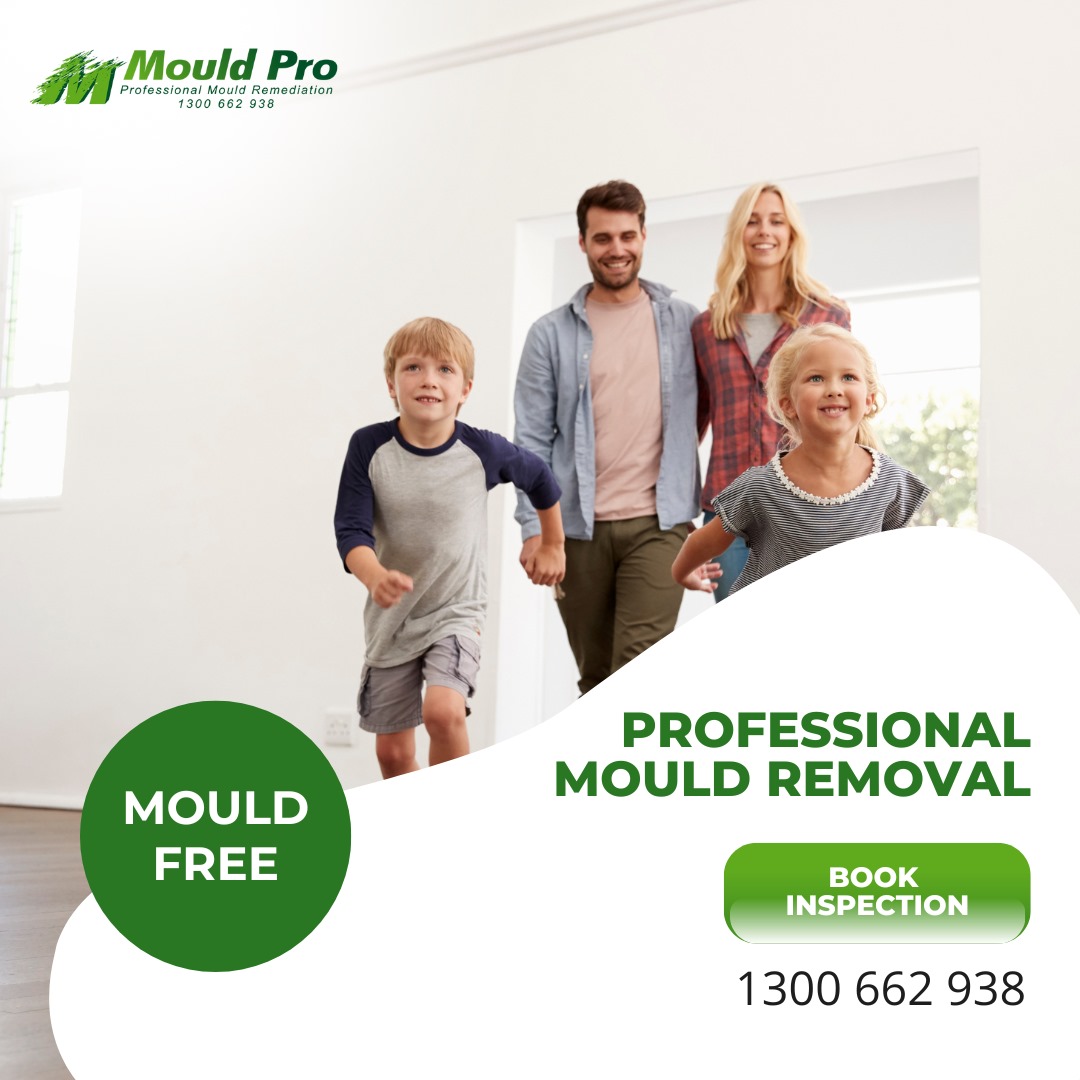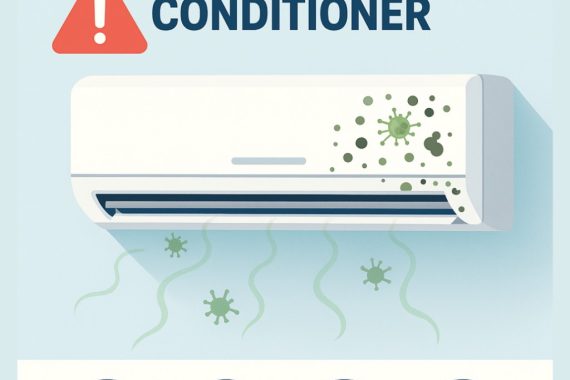Water damage can wreak havoc on your carpets and, if not handled properly, may lead to mould growth and unpleasant odors. Drying your carpet quickly and effectively after water exposure is essential to maintaining a healthy environment in your home. Here’s a comprehensive guide to help you dry your carpet swiftly after water damage.
- Act Fast to Prevent Further Damage
The first step in drying your carpet is to act quickly. Water left untreated can seep deep into the carpet padding, which is difficult to dry and can become a breeding ground for mould. The sooner you start the drying process, the better your chances of preventing long-term damage. - Remove Excess Water with a Wet/Dry Vacuum
A wet/dry vacuum is a powerful tool that can effectively suck up standing water from your carpet. Start by removing as much surface water as possible, moving methodically over each section. If you don’t own one, these vacuums are often available for rent at hardware stores or through professional cleaning companies. - Lift the Carpet for Better Airflow
To ensure that the carpet dries thoroughly, lift it from the corners and separate it from the padding underneath. The padding absorbs a lot of water and takes longer to dry, so it’s crucial to get airflow beneath the carpet to dry both the carpet and padding thoroughly. Using objects like heavy books or furniture can help prop the carpet up, improving ventilation and speeding up the drying process. - Use High-Volume Fans
Fans, particularly high-volume air movers, are crucial in the drying process as they help circulate air across and under the carpet. Position multiple fans across the room for maximum air movement. Keep them running continuously until the carpet and padding are completely dry. If the weather allows, open windows to increase air circulation and bring in fresh air. - Dehumidify the Room
A dehumidifier can be instrumental in removing moisture from the air and accelerating the drying process. This is especially useful in humid climates where air drying might be slower. Run a dehumidifier continuously to draw excess moisture out of the air and prevent condensation, which can hinder drying efforts. For smaller areas, a household dehumidifier should suffice, but for larger, more water-damaged rooms, consider renting an industrial-grade unit. - Apply Baking Soda for Odor Control
Moisture can lead to musty odors in carpets. To counter this, sprinkle baking soda liberally over the carpet and let it sit for a few hours. Baking soda absorbs moisture and odors, keeping your carpet fresh-smelling. Afterward, vacuum up the baking soda to remove any residue. - Monitor and Test for Moisture
Once the carpet appears dry, use a moisture meter to check for hidden damp spots, especially near the padding. Moisture meters are available at most hardware stores, and they’re an effective way to confirm that your carpet is thoroughly dry. You can also press a towel into the carpet; if it comes up dry, your carpet should be ready for regular use again. - Consider Professional Help for Extensive Water Damage
If the water damage is extensive or if sewage water is involved, it’s best to contact a professional water damage restoration company. Professionals have specialized equipment and techniques for thorough drying and sanitizing, which is critical for health and safety when dealing with contaminated water. They can also treat the carpet with antimicrobial agents to prevent mould growth.
Why Fast Drying Matters
Swift and thorough drying of your carpet helps prevent:
Mould Growth: Mould can begin developing within 24-48 hours of water exposure, so fast drying is crucial to avoid potential health hazards.
Structural Damage: Extended exposure to water can weaken your flooring, making quick drying essential for preserving both the carpet and underlying structures.
Costly Repairs: Faster drying methods minimize the risk of permanent damage, potentially saving you from expensive carpet replacements.
Final Tips
For optimal results, always wear protective gear when handling water-damaged carpets, especially if you suspect the water may be contaminated. Regularly check your carpet after the drying process for any residual dampness or odors, as these can be indicators that further drying or professional assistance is needed.
Drying your carpet quickly and effectively after water damage is essential to maintaining a safe, healthy, and comfortable home environment. Following these steps can help you protect your investment in your carpet and avoid long-term issues like mould and structural damage.



